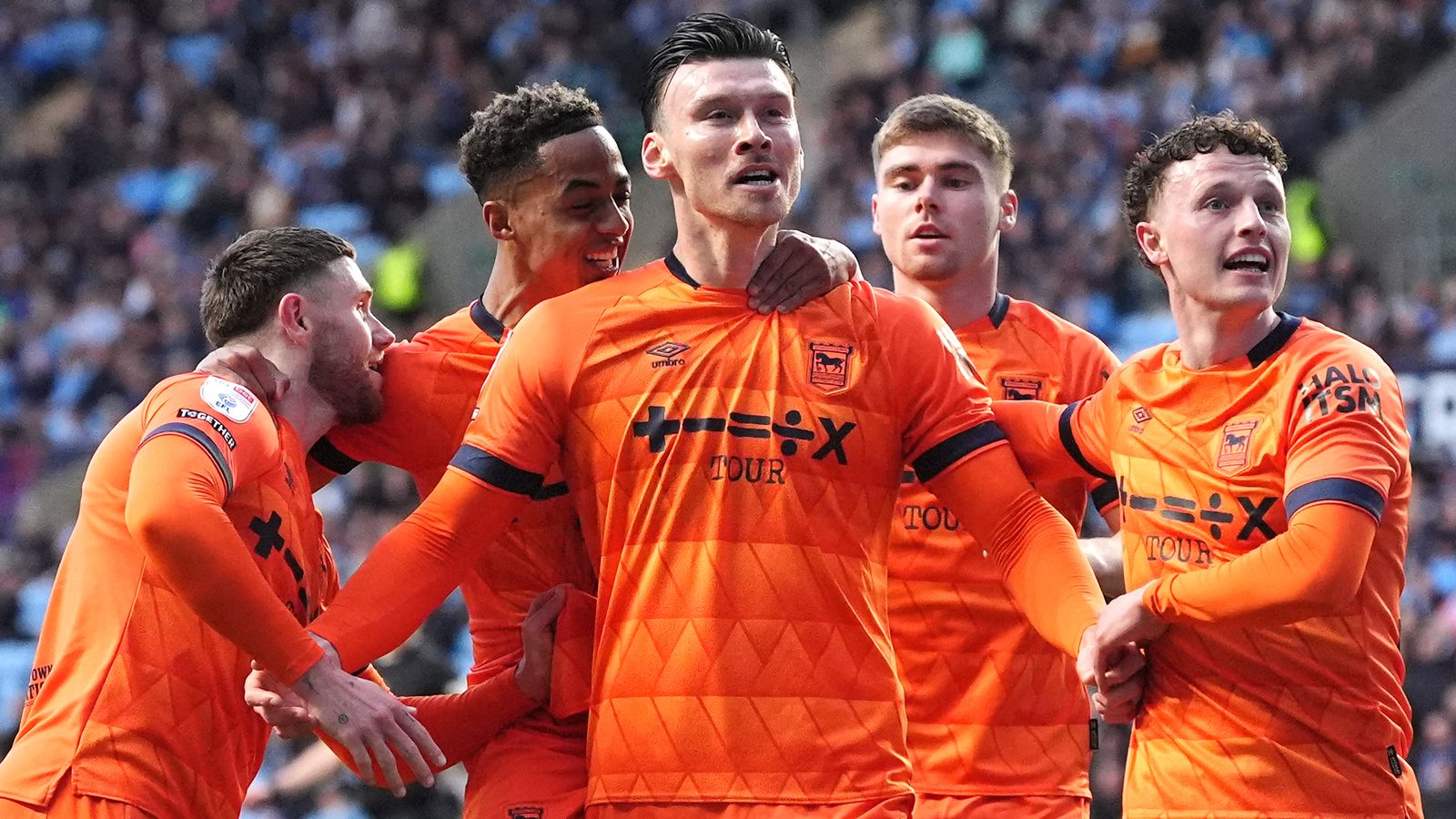Top-Three Goal-Scorers Under Pep Guardiola Football
17 May 2019 09:33 am, by YorkshireSquare
Whatever people make of the vast resources made available to Pep Guardiola, there can be no hiding the fact that he is one of the very best managers on the planet, inspired by our very own Marcelo Bielsa of course.
A return of 198 points over the course of his last two Premier League seasons with Manchester City has led to him earning some well-deserved plaudits in 'Premier League Final Day - Season Points Review' on the Sporting Index insights blog, and it stands to reason that Guardiola has now won multiple honours in several different countries.
Indeed, at the age of just twenty, Guardiola was filling a very demanding role in the centre of the park for Barcelona. Yet, he took everything in his stride, acting as the focal pivot for Barcelona’s dominance of domestic and European football in the early 1990s.
Though he was a midfielder by trade as a player, Guardiola has seen many strikers flourish under his tutelage, but three in particular stand prominent from the rest.
Eto’o: The Original Project
How Guardiola links clusters of deep-lying creative playmakers is a vital component of any XI he deploys. A strong midfield is vital towards the success of the front three he favours as the spearhead of his default formation, and upon his appointment as the Barcelona manager in 2008, he inherited Xavi, Busquets and Iniesta.
Under his management, the powerful centre-forward Samuel Eto’o was aided by what many consider to be the greatest midfield trinity ever to grace Europe, and the effects of Guardiola’s appointment were quick to surface.

Cameroonian legend Eto’o got the momentum needed to reach his century of league goals for Barcelona, hitting that mark in February 2009. He ended the 2008/09 season a close second behind Diego Forlán, and was a vital cog in the team that went on to lift the final Champions League trophy of the 2000s.
Eto’o opened the scoring in the final of that competition, and thus came within two goals of meeting Lionel Messi’s competitive tally of 38.
Messi a True Great Under ‘Avant-Guardiola’
It seems very fitting that Lionel Messi should be the man to best Samuel Eto’o, as a new decade approached and swept in a new breed of wide attacker. This Premier League season has seen the likes of Raheem Sterling and – for other managers – the likes of Richarlison, Mo Salah and Lucas Moura adapt to the ever-growing demand for forwards that have equal measures of power in the wide areas and in the central attacking role.
The 2009 Champions League final also marked the end of Messi’s first season of uninterrupted football at the highest level, and he only improved from there – particularly when it came to dominating the Champions League.
Having first worked with the youth setup at the Camp Nou, Guardiola knew just how versatile Messi was. Thus, in giving Messi some responsibility as a ‘false nine’ – at a time when there was perhaps less inter-continental understanding of the position – Guardiola gave Barcelona an element of surprise unlike anything seen since his own peak playing days for the club.
Messi’s finish as the youngest top-scorer in the Champions League resulted in a landslide victory for his first Ballon d’Or. After a brief and frustrating return to the wide areas, Messi returned to the false nine position for the knockout rounds of the 2010 Champions League, and resumed domination of all who lay in front of him.
While Barcelona relinquished the Champions League title in 2010, it returned to the Camp Nou a year later. Once again Messi was a major influence, going on to net 73 goals across all competitions in 2011-12, and ten hat-tricks.
However, Messi saved the best until Guardiola’s latter days in Catalonia. On 7 March 2012, just a year before Guardiola would leave for Bayern Munich, Messi produced what remains in the eyes of many to be the best individual performance in a Champions League match.
The Argentine hotshot’s victims were Bayer Leverkusen, and only visual recollections – never words – can express just how much of a privilege this individual performance was to watch:
Beyond that night, the rest is history for Messi, with several further Ballon d’Or awards representing just a small facet of what Messi has gone on to achieve since becoming a ‘false nine’ spearhead under Guardiola.
Midfield Mimicry Makes Muller Magic
What works in La Liga may not necessarily prove effective in the Bundesliga. However, the way Guardiola has utilised players in that role as a manager reflects how he himself was deployed under Johan Cruyff.
Under his management, the likes of Ilkay Gundogan, David Silva and Sergio Busquets have all acted as dynamic and creative influences from deeper roles in the middle of the park. By deploying such players in that role, Guardiola ensures their longevity in the first team, and as their wisdom develops, they are better placed to serve those up front more efficiently.
It is a fool proof system that looks set to stand the test of time. Upon moving to Bayern Munich in 2013, Guardiola’s preferred deep-midfield generals were Toni Kroos and Bastian Schweinsteiger, lying directly behind the sensational centre-forward Thomas Muller.

The previous season had represented Thomas Muller’s best goalscoring season as a player, but with a World Cup around the corner, Muller needed something extra to reach the all-time pinnacle of a player’s career. Under Guardiola, he was used as a flexible solution to filling the third midfield slot, while also being given license to roam forward.
However, it was his development into becoming the first recognised ‘Raumdeuter’ that gave him the edge needed to win both the Bundesliga title and the World Cup in 2014.
In the simplest terms, Muller’s movement off the ball and anticipation in the centre of the park essentially made him a second striker behind Mario Mandzukic. Under Guardiola, he also developed the ability to create space well in advance of key balls being delivered by those around him, as opposed to relying on pure prowess on the ball.
There was nothing complicated about the setup, and Muller became much more than just a finisher, actively opening up opportunities for the holding midfielders crafted in Guardiola’s image. After just one season under Guardiola, Muller went on to become one of the stars of the summer’s World Cup, which Germany brought home after an absence of twenty-four years.





















